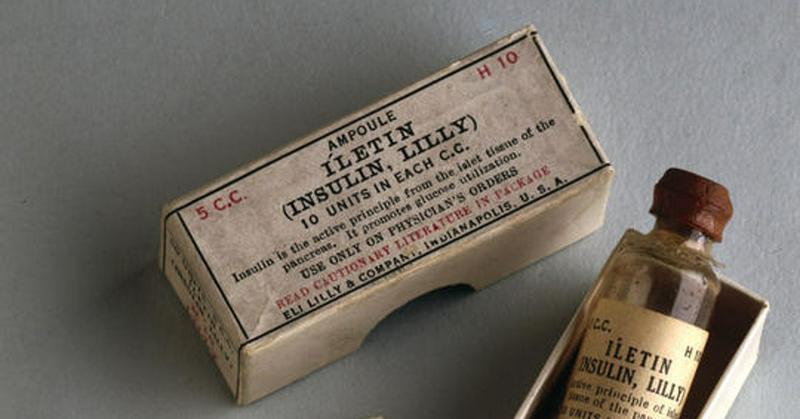The Team Of Researchers At The University Of Toronto Who Discovered Insulin
By | September 18, 2021

Diabetes is a deadly disease if untreated, as first noted by the Ancient Egyptians around 1500 B.C.E. Still, until the 1920s, there was no useful treatment other than extremely restrictive diets which would usually only prolong the inevitable, as adults would usually survive only two years after symptoms began and children often only lived for a matter of months. In 1914, Rockefeller Hospital opened a ward to treat diabetes using a starvation diet of fewer than 500 calories a day that could sometimes extend life while also studying how the body breaks down food and what organs are problematic within diabetes patients. They discovered that dogs who had their pancreas removed developed sudden cases of diabetes, so doctors began to investigate the link in humans.
Banting And Macleod
In 1920, a young physician named Frederick Banting took a special interest in the pancreas. He learned about a unique and little-understood hormone regulated in the organ called insulin and, suspecting that extractions of this hormone could treat diabetes, took his ideas to his alma mater, the University of Toronto. He approached a researcher named John Macleod, who was skeptical at first but decided to let Banting give it the ol' college try, as he had plenty of lab space.

Early Success
Banting, alongside assistant Charles Best, began experimenting on dogs. They showed that pancreatic extracts did indeed keep the dogs alive, but their work was messy and didn't rise to the standard accepted by the medical community. Pharmacist James Collip stepped in to purify the insulin extracts, although he chose to use cows instead of man's best friend for his work.
With Collip's contributions, human testing began in 1922, when a 14-year-old boy named Leonard Thompson was treated with the experimental hormone in a Toronto hospital. Though he initially showed an allergic reaction thanks to some impurities, a second dose two weeks later saved young Thompson's life. In August of that year, they treated Elizabeth Hughes, the daughter of the U.S. secretary of state, who recovered fully and went on to live well into her seventies.

Bickering And Breakthrough
It wasn't all sunshine and syringes, however: Tensions were brewing among the overworked team, and Collip actually threatened to keep his purification method a secret from Banting, who nearly attacked Collip but was pulled back by Best before any actual violence occurred. Fortunately, they put their squabbles behind them in time to present their breakthrough to the Association of American Physicians to much fanfare on May 3, 1922. Both Banting and Macleod won the 1923 Nobel Prize for Medicine and kindly split their winnings with Best and Collip, as they all worked together as a team.
Quickly, pharmaceutical companies began developing methods to manufacture insulin, as the slaughterhouse approach left a lot to be desired when it came to both quantity and purity. All over the world, people began waking from their diabetic comas, and parents watched as their children, once on the brink of starvation and death, became normal, happy kids. What was once a death sentence became a highly treatable disease in just over three years of grueling labor on part of the Toronto team, and today, patients with diabetes can expect to live full and long lives.

